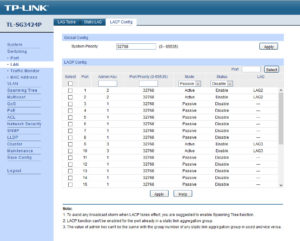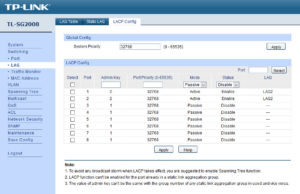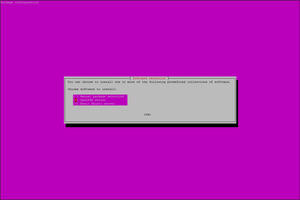This post was long overdue… As with most of Asia (less China, because, you know, China), I use WhatsApp extensively for communication…
Unfortunately, typing on the phone just plain sucks, and typing on the phone at work is not the best of ideas.
Some time back, WhatsApp introduced the ability to run mirrored sessions on your desktop via supported browsers (meaning you still needed to keep your phone connected to the WhatsApp service).
If you have Google Chrome, you could run this in a separate window (as if it is a separate app) by following the steps below…



